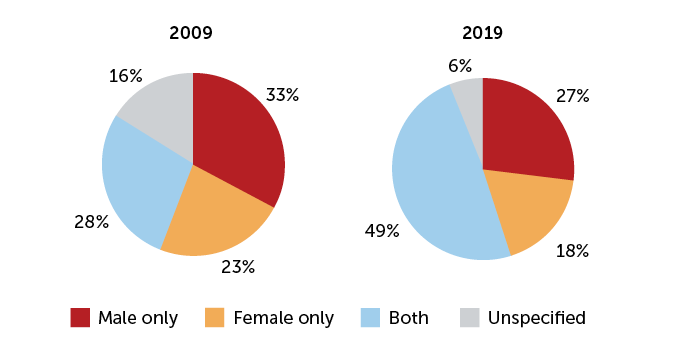I think a lot of people are missing the point here. The thought “but how much research is dedicated to just men?” isn’t a salient retort.
Women are 50% of the population, and 100% of the humans alive today grew inside body systems that are exclusive to that population. Why would only 7% of research being about women be ok with that reality?
One great source for the gender gap in science is the book Invisible Women. It shows the dire need for data that studies women specifically, as well as having gender-aggregated data in research that studies both sexes. The current body of science, which is based on hundreds of years of research, mostly studied only men or studied both sexes and didn’t separate the results by sex, so women are mostly invisible in research.

